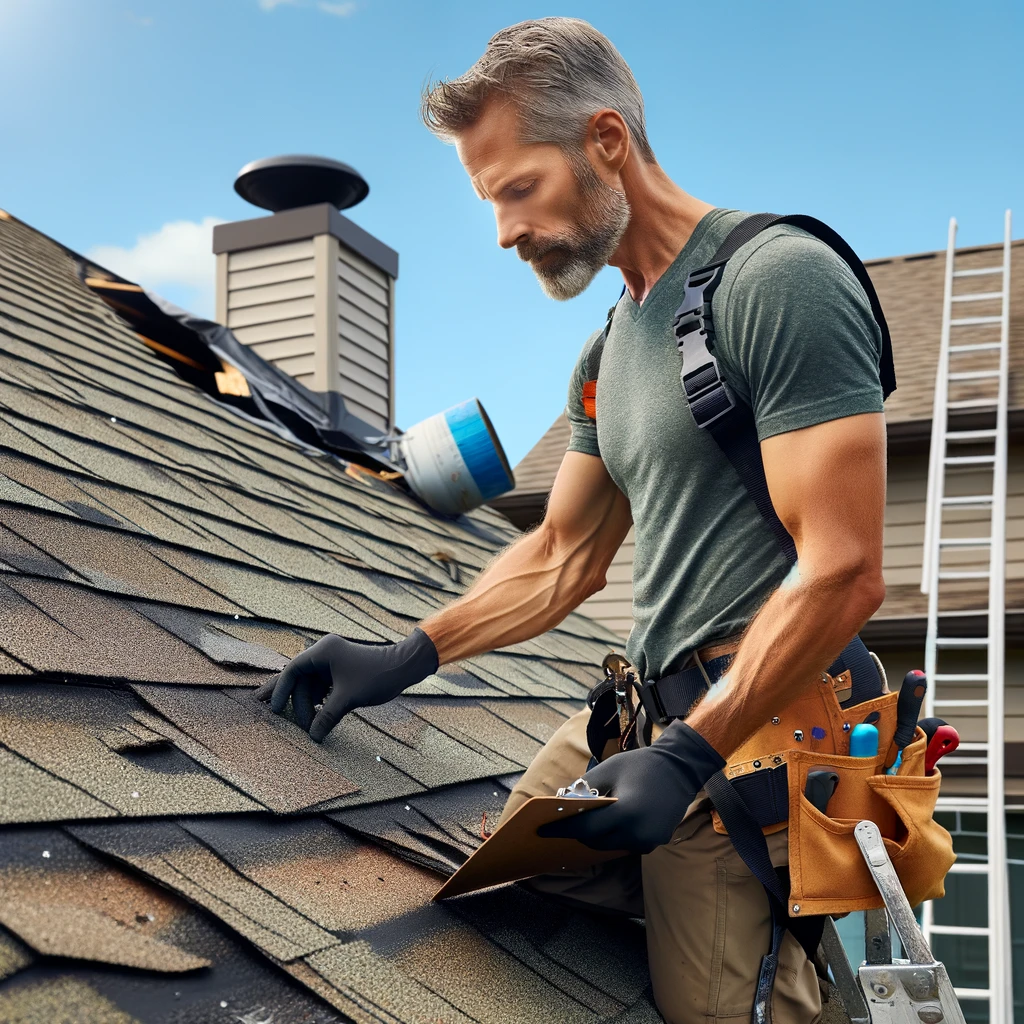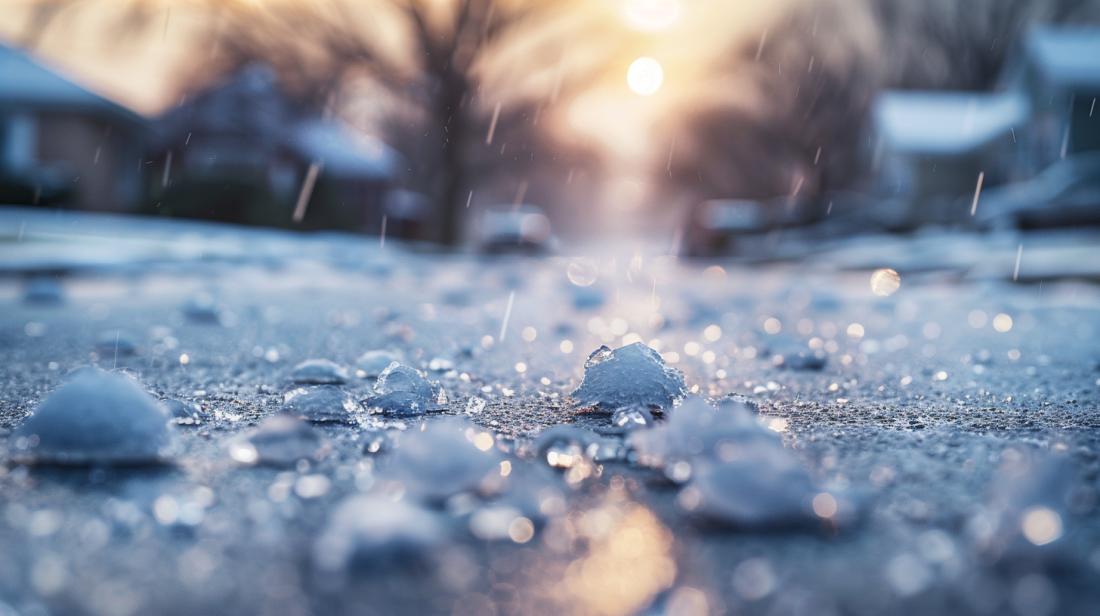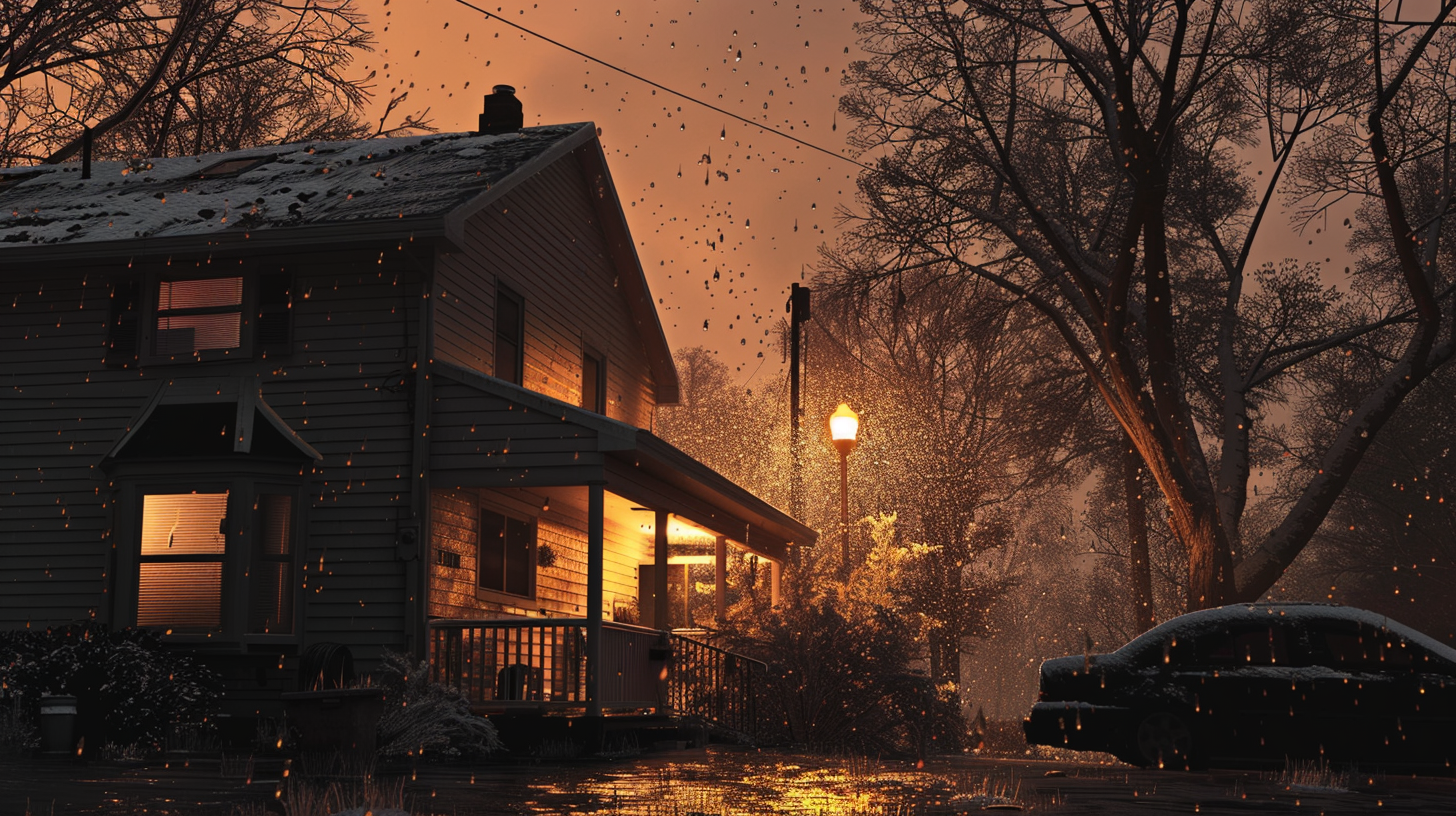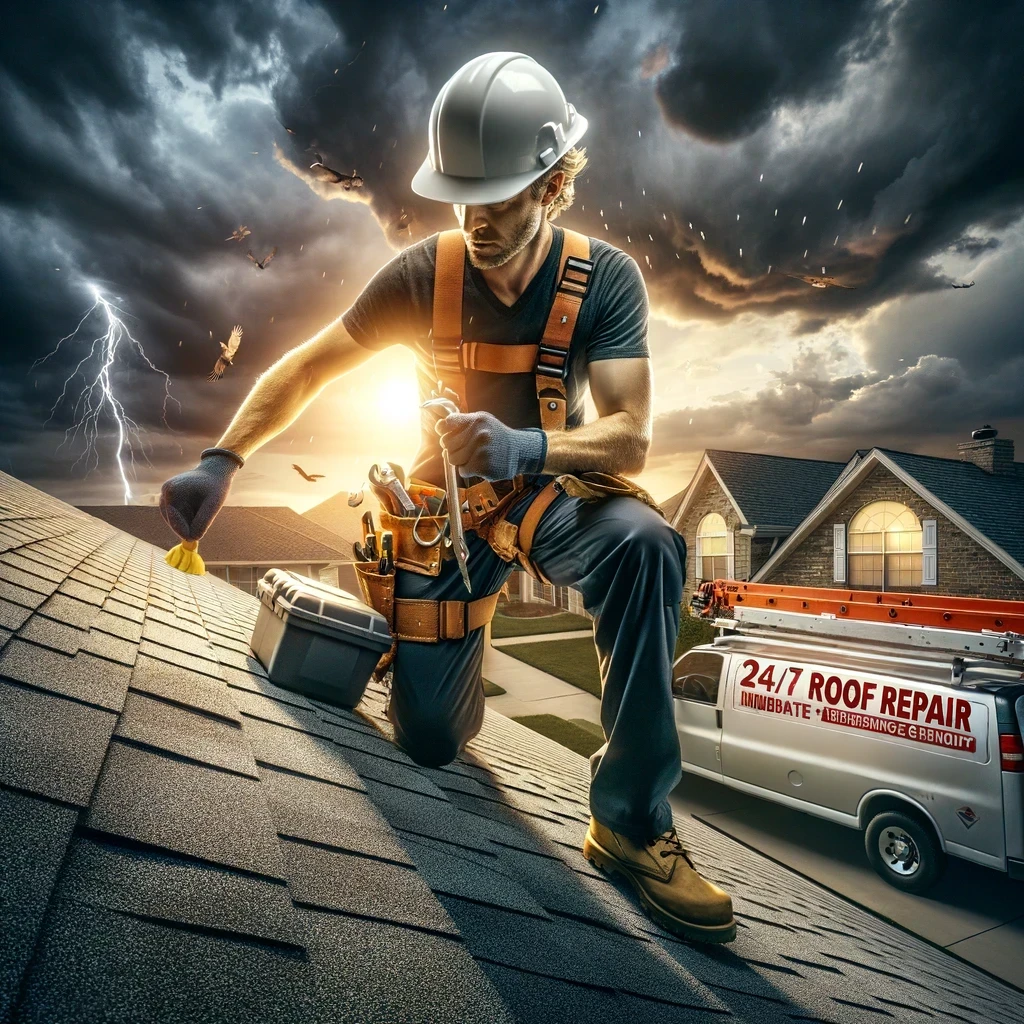Step 1: Safety First
Ensure safety by using a secure ladder and wearing proper footwear to prevent slips. If the roof is steep or high, consider using a safety harness or consulting a professional.
Step 2: Visual Inspection
Start with a ground-level visual inspection. Look for visible signs of damage such as dents on gutters, downspouts, or vents. These can indicate potential damage on the roof itself.
Step 3: Close-up Inspection
Access the roof and inspect the shingles closely. Look for:
- Bruising or Dents: Soft spots on shingles where hail has impacted. You can check this by running your hand over the surface of the shingle to feel for small depressions.
- Cracks: Hail can cause splits in shingles that may extend from the points of impact. These can be both radial and full-thickness.
- Granule Loss: Look for areas where the shingles’ granules have been knocked off by the hail, exposing the underlying bitumen or mat. This can accelerate aging and decay of the shingles.
- Damaged Edges: Check for shingles with broken corners or edges, which can lead to further deterioration.
Step 4: Check Soft Metals and Flashings
Inspect soft metal surfaces like roof vents, flashings, and skylights for dents. These are more prone to hail damage and can indicate the size and intensity of the hail.
Step 5: Document Damage
Take pictures or videos of any damage found. This documentation can be crucial for insurance claims and future repairs.
Step 6: Consult a Professional
If significant damage is identified, or if you are unsure about the extent of the damage, consult a professional roofing contractor. They can provide a more detailed inspection and recommendations for repairs or replacement.
Step 7: Contact Insurance
If your roof has sustained considerable damage, contact your insurance provider to discuss a possible claim. Provide them with the documentation of the damage.
Safety Note:
It’s important to only perform inspections you are comfortable and safe doing. For high or steep roofs, or if the roof’s integrity is questionable, hiring a professional is advisable.
For immediate service or consultation, you may contact us at Allied Emergency Services, INC.
Contact Information:
Phone: 1-800-792-0212 Email: Info@AlliedEmergencyServices.com Location: Serving Illinois, Wisconsin, and Indiana with a focus on the greater Chicago area. If you require immediate assistance or have specific questions, our human support is readily available to help you.
Disclaimer: This article is intended for informational purposes only. For professional advice, consult experts in the field.
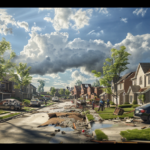
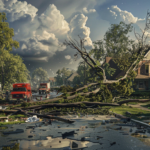

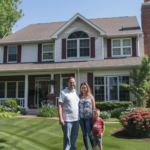
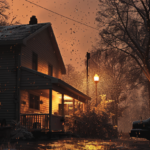
![How Much Does a New Roof Cost in Illinois? [2024 Pricing Guide]](https://www.news.alliedemergencyservices.com/wp-content/uploads/2024/05/DALL·E-2024-05-07-15.14.25-A-professional-roofing-contractor-inspecting-a-roof-in-the-foreground-of-a-picturesque-suburban-neighborhood-in-Illinois.-The-contractor-is-wearing-a--150x150.webp)
